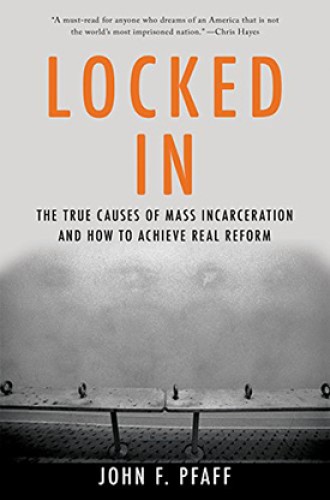The role of county prosecutors in mass incarceration
John Pfaff's Locked In adds to what we've learned from Michelle Alexander's The New Jim Crow.
Influenced by books like Michelle Alexander’s The New Jim Crow, many Americans have begun to question criminal justice systems that have given the United States the highest incarceration rate and largest prison population in the world. According to a now standard story, the practice of mass incarceration has been fueled by the increasing imprisonment of nonviolent drug offenders due to misguided mandatory minimum sentencing rules encouraged by tough-on-crime politicians—and by privately run prison systems that turn a profit from warehousing prisoners.
John Pfaff, who teaches law at Fordham University, maintains that the effectiveness of reform efforts based on this account of mass incarceration will be limited, and may even backfire, because the narrative is wrong. Pfaff offers a different story.
According to Pfaff’s detailed data analysis, public-sector actors at the local level—unions representing corrections officers, legislators in districts where prisons are located, and elected judges and prosecutors who need to avoid appearances of leniency to stay in office—are the main power players in advocating tough-on-crime agendas. In light of the power of public-sector actors and the relatively few number of people in private prisons, Pfaff concludes that the focus on prison privatization is often a distraction.






